Nearly three years after U.S. and Soviet forces liberate it from Japanese occupation, the Korean peninsula splits over the issue of democratic elections.
The divide is formalized by the Western-backed Republic of Korea in the south and Communist-backed Democratic People’s Republic of Korea in the north.
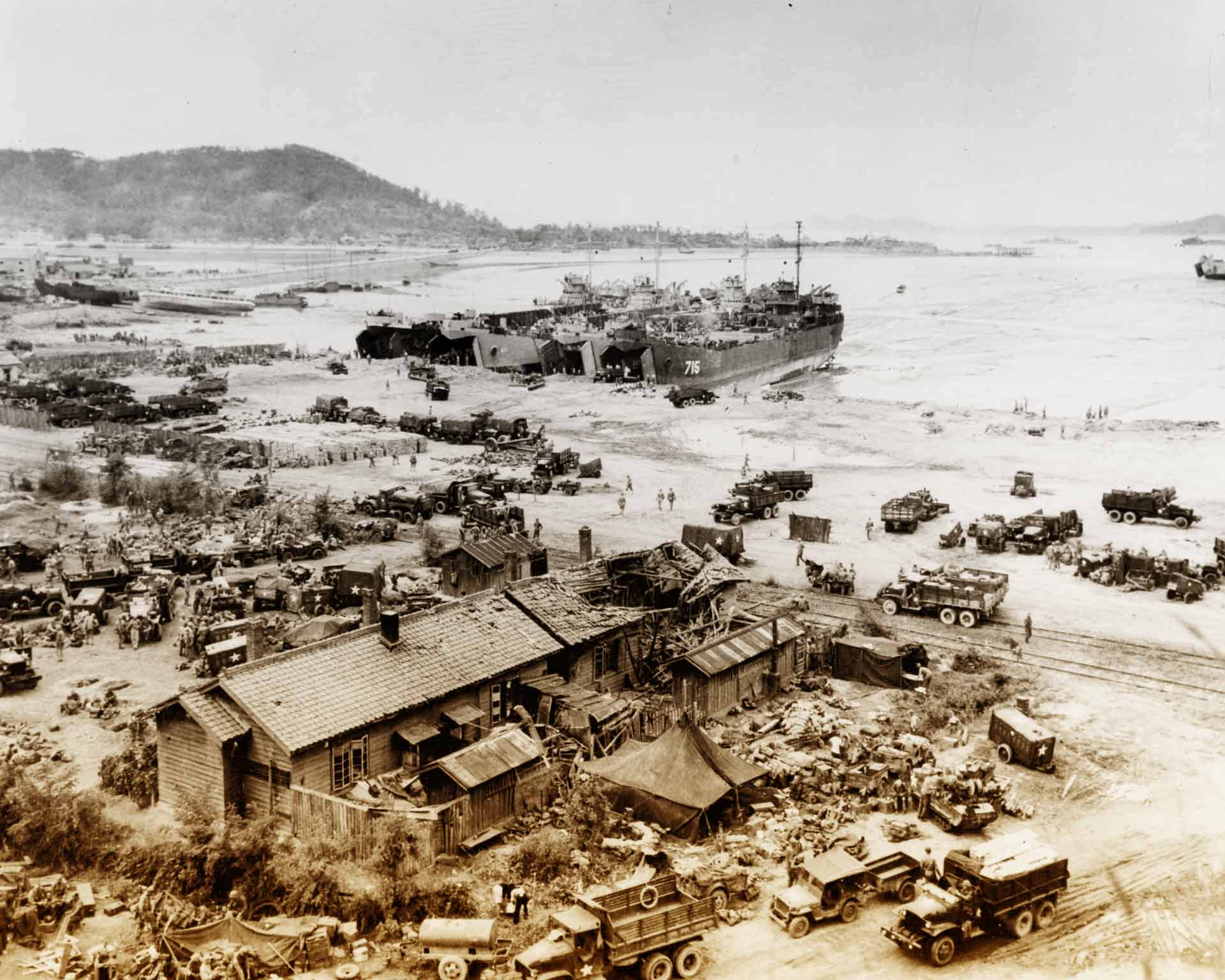
HMC ships Cayuga, Sioux and Athabaskan support amphibious landings at Incheon, 40 kilometres from Seoul, as UN forces begin pushing North Korean troops back across the 38th parallel.
Supported by artillery fire, North Korean troops cross the 38th parallel and invade South Korea. They quickly occupy most of the country, including the capital, Seoul.
Lester B. Pearson, Canada's secretary of state for external affairs at the time, urges a UN-sanctioned, U.S.-led Canadian response to the invasion; western leaders call the conflict a "police action."
The Canadian destroyers Sioux, Cayuga and Athabaskan arrive in Sasebo, Japan, under orders to join UN forces fighting in Korea.
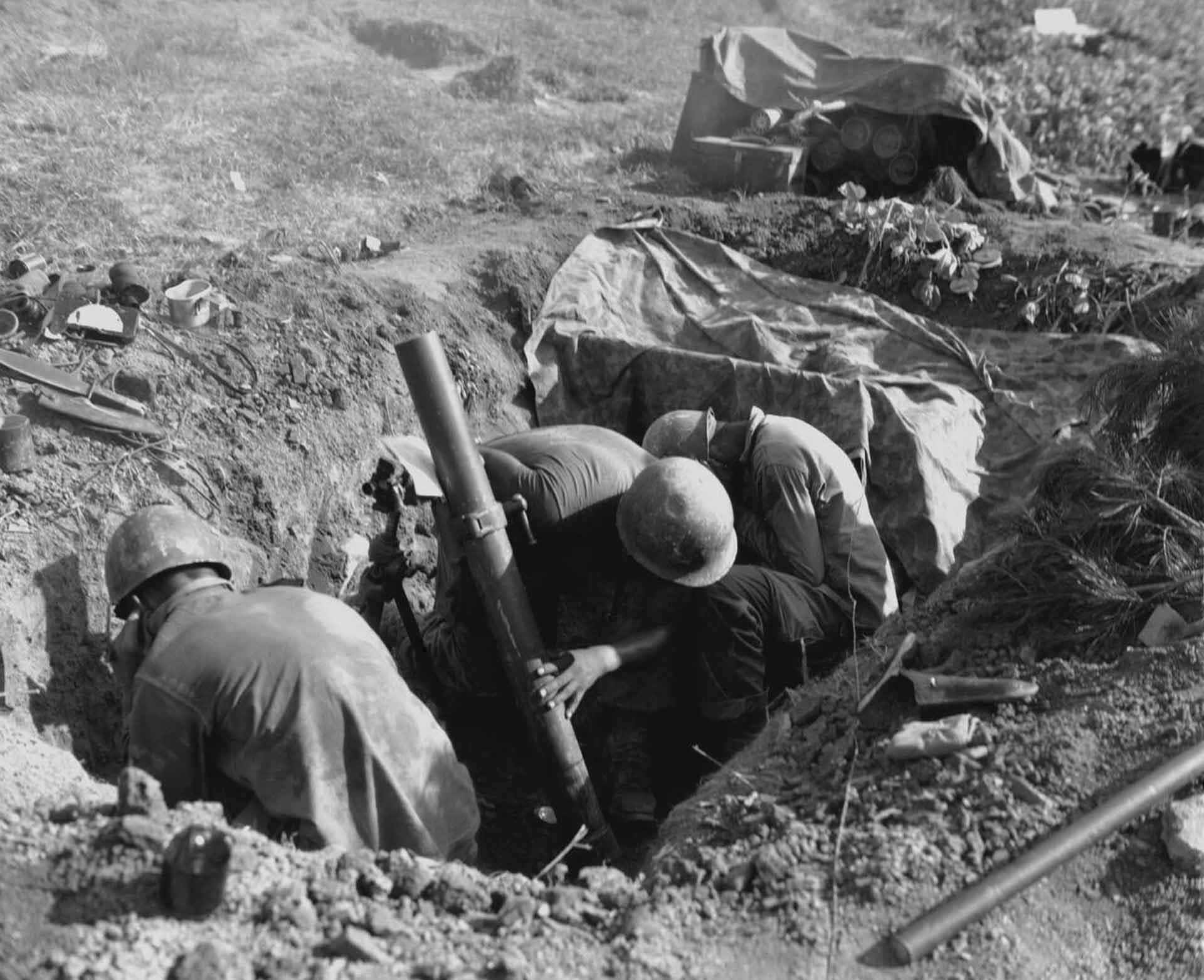
U.S. and South Korean forces set up a perimeter around the port city of Pusan and, by mid-September, stop the North Korean advance.
Prime Minister Louis St-Laurent announces creation of the Canadian Army Special Force to serve under the UN in Korea. It’s later renamed the 25th Canadian Infantry Brigade Group.
UN forces are surrounded at the Battle of the Chosin Reservoir.
HMC ships Cayuga and Athabaskan help evacuate 7,700 U.S. troops trapped in the west coast port of Chinnampo.
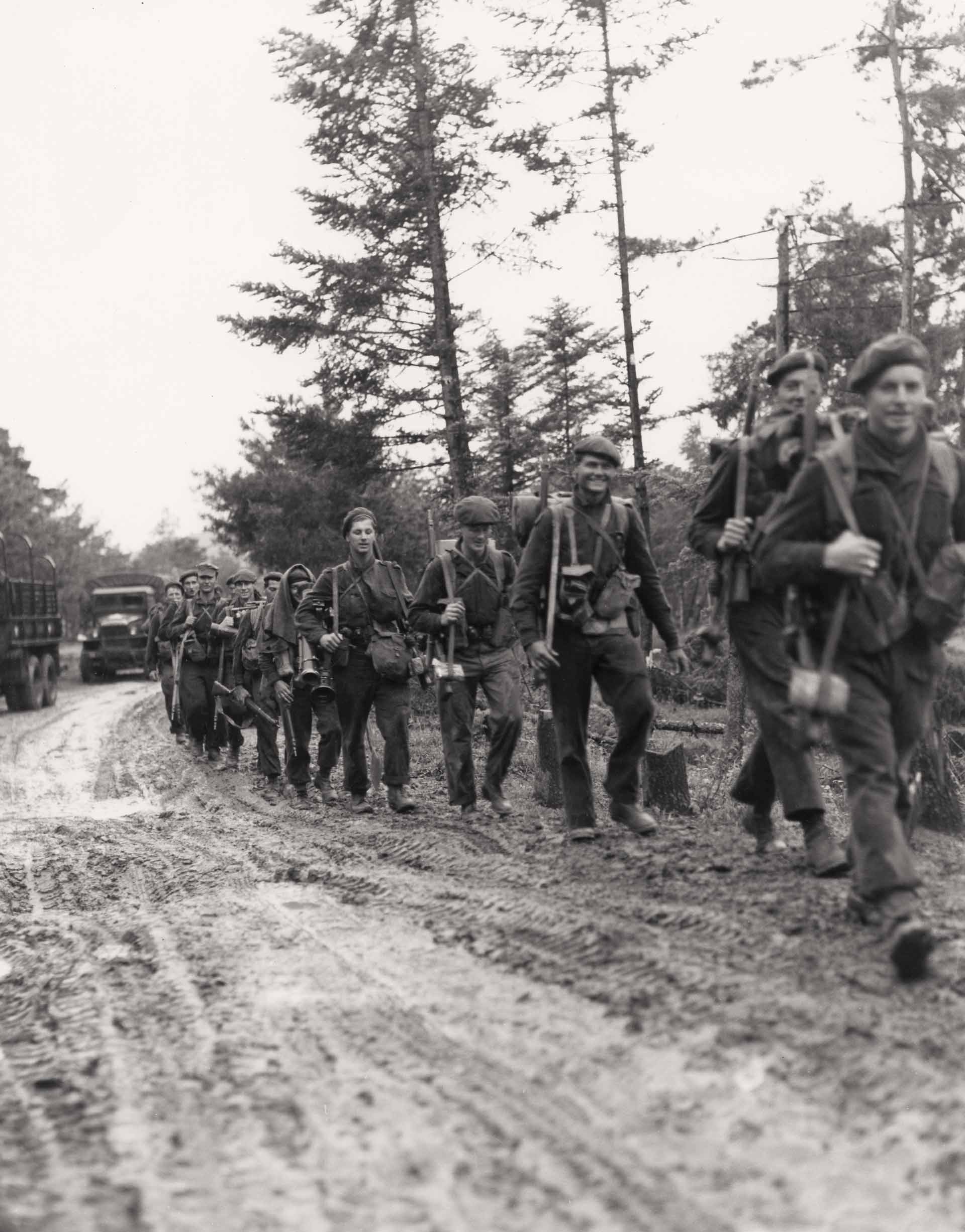
2 PPCLI, the first Canadian battalion to enter Korea, arrives in Pusan.
Along with an Australian contingent, a battalion of roughly 700 Canadian troops from 2 PPCLI stop between 5,000 and 10,000 Chinese soldiers at the Battle of Kapyong.
UN forces retake the South Korean capital.
UN troops break out of the Pusan Perimeter and recapture Seoul.
Some 25,000 Chinese and North Korean troops are killed or wounded at the Battle of Heartbreak Ridge, a few kilometres north of the 38th parallel; victorious American, South Korean, French and Dutch forces take about 3,700 casualties.
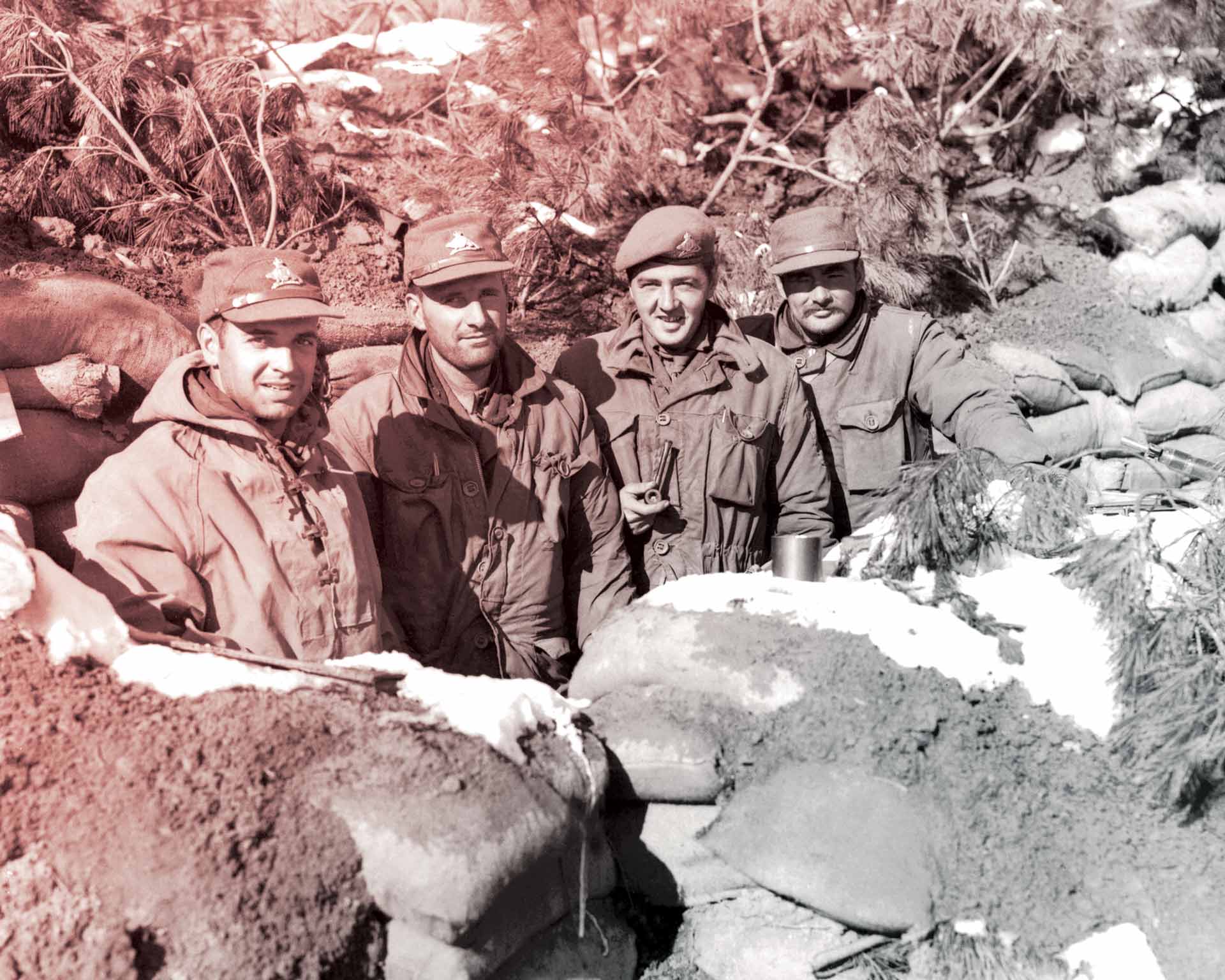
The Royal Canadian Regiment, Princess Patricia’s Canadian Light Infantry and the Royal 22e Régiment defend the front lines at Hill 355, pushing back heavy assaults for three days.
North Korean and Chinese prisoners rebel and seize an American prisoner-of-war camp at Koje-Do. Canadians help recapture the prison, but Ottawa files a diplomatic protest with Washington over the deployment of Canadian troops without its consent.
In the 33-hour Battle of Kowang-San, The Royal Canadian Regiment (RCR) holds Hill 355 against advancing Chinese. 3rd Battalion troops are awarded three Military Crosses and four Military Medals.
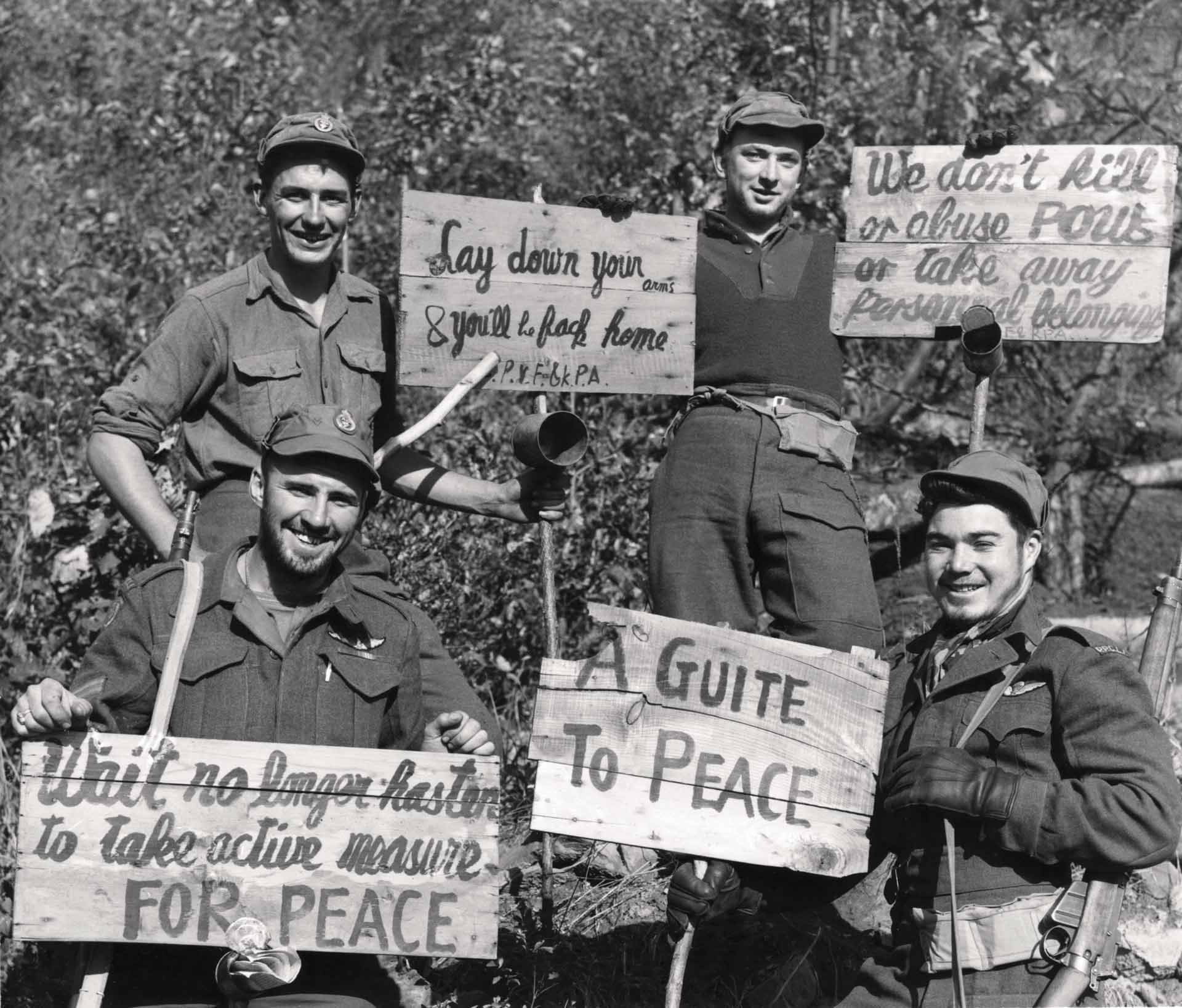
3 RCR fights the Canadian army’s last major battle of the war, the Battle of Hill187, enduring constant shellfire and wave after wave of assaults.
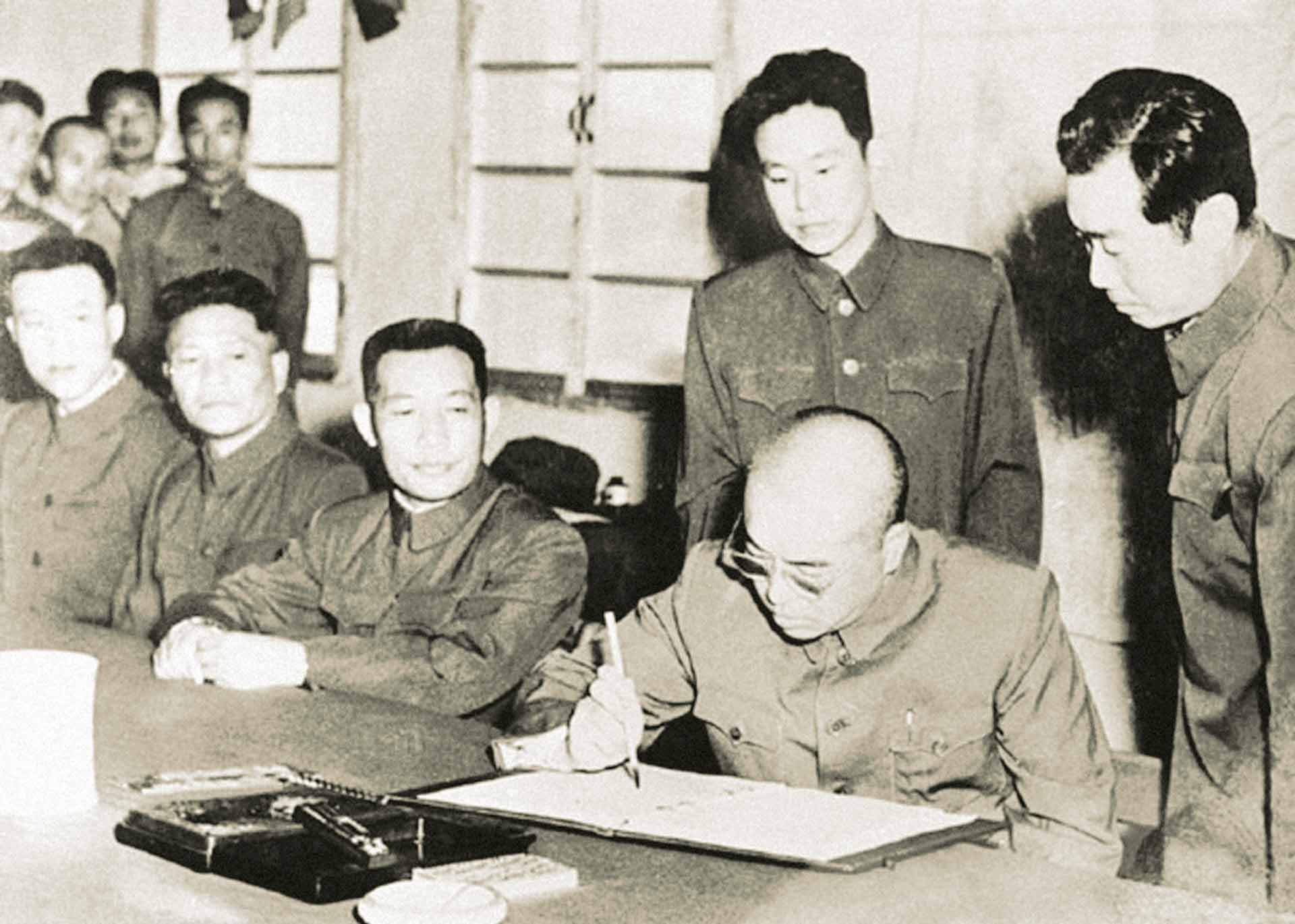
Three-plus years of fighting grinds to a halt as commanders from the United States (representing UN Command), North Korea and China sign the Korean Armistice Agreement. With no peace treaty, however, the war never officially ends.
The last Canadian military observers leave the Korean peninsula.
U.S. President Bill Clinton signs Public Law 105-261; Section 1067 declares the “Korean Conflict” will now be called the “Korean War.”